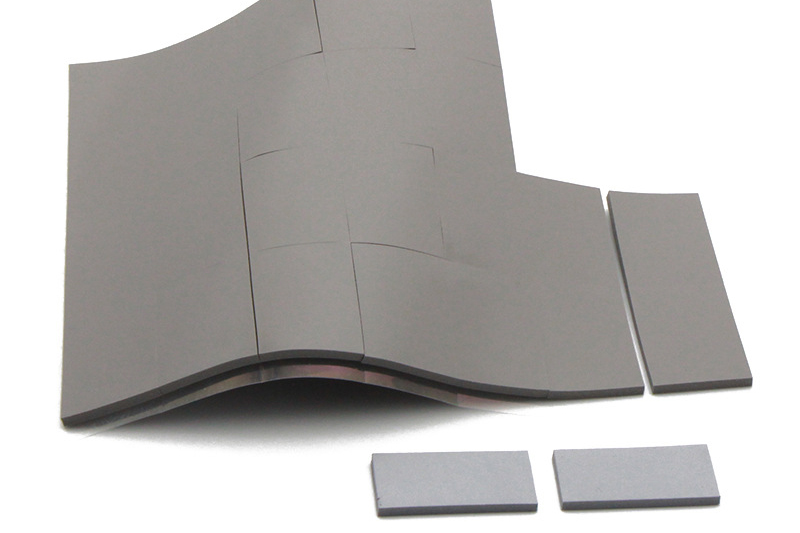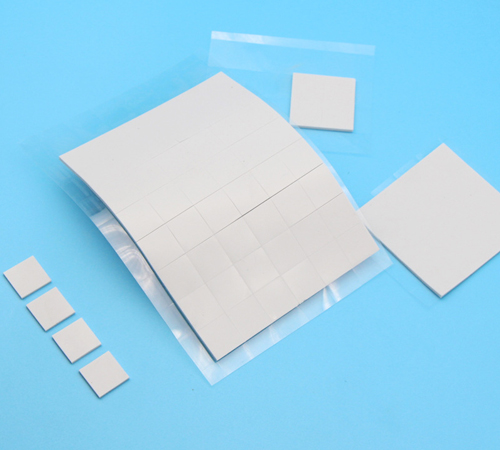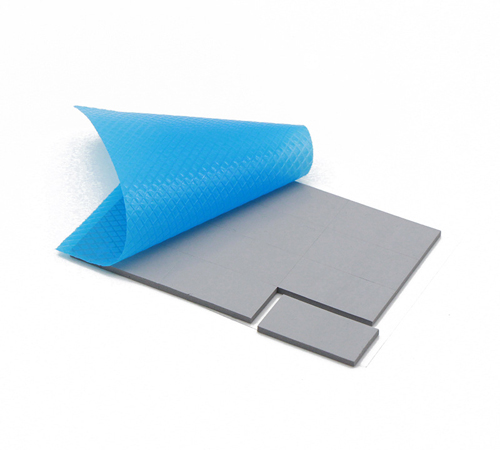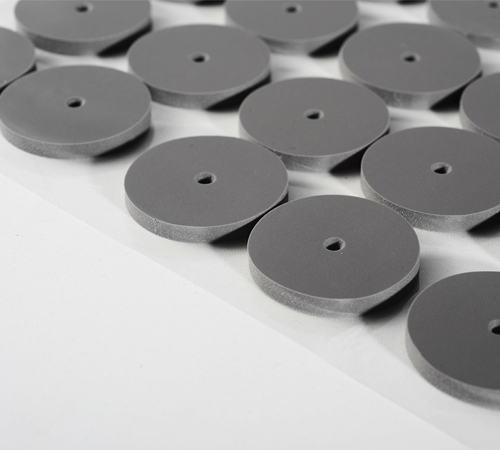
Having previously shared technical literature on the selection of thermal conductivity coefficients for thermally conductive silicone pads, we have received feedback from clients who, while now well-informed about choosing the thermal transfer coefficient of such pads, still express confusion regarding the determination of their appropriate thickness. Today, Nfion Thermal will provide a comprehensive overview of the various factors to consider when selecting the thickness of a thermally conductive silicone pad.
The selection of thermal conductive silicone pad thickness is like choosing a well-fitting "thermal underwear" for electronic devices. It must adhere closely to the device while having sufficient thickness to ensure good thermal conductivity.
Imagine the thermal conductive silicone pad as a bridge connecting the heat source and the cooling device. If the bridge is too thin, heat may not be able to pass through smoothly; conversely, if it is too thick, it may increase thermal resistance, affecting the cooling effect. Therefore, selecting the appropriate thickness is crucial.
Similarly, the choice of thermal conductive silicone pad thickness is vital for ensuring the thermal performance and stable operation of electronic devices. The right thickness not only provides sufficient heat transfer capability but also guarantees the stability and reliability of the device under various environmental conditions.
When selecting the thickness of a thermal conductive silicone pad, several key factors should be taken into consideration:
1.Cooling Needs:
Heat Source Power & Cooling Requirements: For high-power heat-generating components or temperature-sensitive applications, opt for thinner thermal conductive silicone pads that can quickly transfer heat and reduce thermal resistance. Conversely, for low-power or better-cooled scenarios, the thickness requirement can be relaxed.
2. Gap Filling:
Contact Surface Flatness: If there is a large or uneven gap between the heat-generating component and the heat sink, a thicker thermal conductive silicone pad may be needed to fill the gaps between the mating surfaces, maximizing contact area and improving heat transfer efficiency. If the contact surface is very flat, a thinner silicone pad can be chosen to minimize thermal resistance.
Compressibility&Elasticity: Thermal conductive silicone pads typically possess some compressibility, allowing them to adapt to and fill minor surface irregularities. The selected pad thickness should be about 20% greater than the actual gap, ensuring that after compression, it forms good contact while maintaining sufficient elasticity to accommodate thermal expansion or mechanical stress.
3. Thermal Resistance & Conductivity Efficiency:
Relationship between Thermal Resistance & Thickness: Although the thermal conductivity of the thermal conductive silicone pad itself is fixed, its thickness affects thermal resistance. The thicker the material, the longer the distance and time required for heat to pass through, leading to increased thermal resistance and reduced cooling efficiency. To optimize cooling performance, choose the thinnest reasonable thickness that satisfies the filling requirements.
4.Mechanical Stability & Installation Pressure:
Device Tolerance: Some precision electronic devices may be sensitive to installation pressure; an overly thick silicone pad might apply excessive pressure during assembly, affecting device stability. In such cases, select a thickness that effectively fills the gap while maintaining a low installation pressure.
Long-term Stability: Consider the long-term stability and anti-aging capabilities of the thermal conductive silicone pad at operating temperatures, ensuring it maintains the appropriate thickness and good thermal conductivity throughout its service life.
5.Industry Standards & Practical Experience:
Application-Specific Guidelines: Certain industries or application scenarios may have recommended or prescribed ranges for thermal conductive silicone pad thickness. Adhering to these standards helps ensure product compatibility and reliability.
Manufacturer Recommendations: Heat-generating component or system manufacturers may provide thermal solutions for their products, including recommended thermal conductive silicone pad models and thicknesses. Consulting this information can simplify the selection process.
In summary, when choosing the thickness of a thermal conductive silicone pad, consider specific cooling needs, contact surface characteristics, thermal resistance requirements, mechanical stability, and relevant industry standards or manufacturer recommendations. In practical applications, common thermal conductive silicone pad thicknesses typically range from 0.3mm to 15mm, with those used in laptops and other electronic devices often falling between 0.3mm to 1.0mm. If necessary, consult professional thermal solution providers like Nfion Technology or perform thermal simulation analyses to precisely determine the most suitable pad thickness for a particular application.

 CN >
CN >



